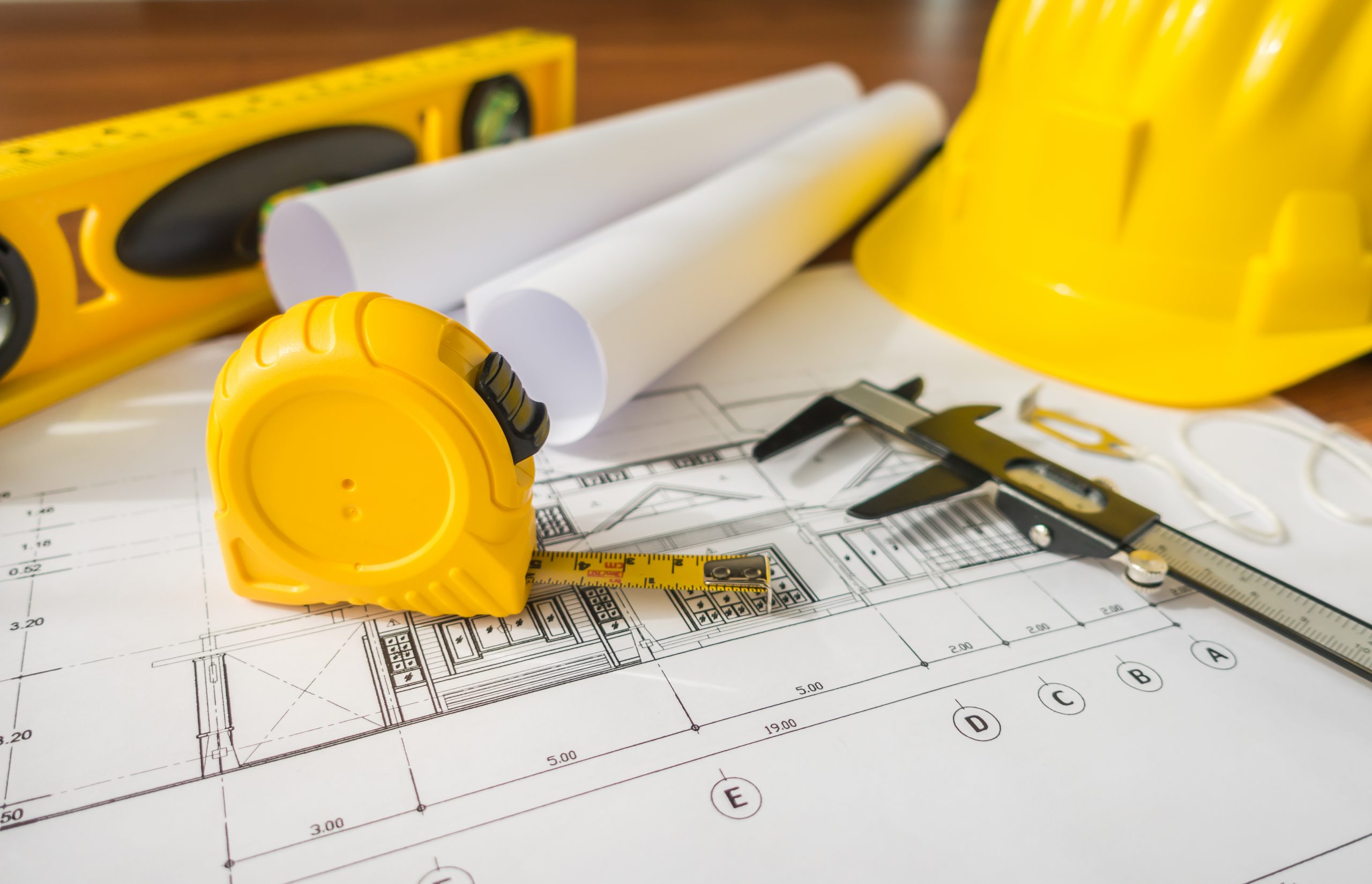Office Build Outs, Classroom Build
Performing a build-out analysis identifies the holding capacity of the land. The build-out calculation provides the supply of development for forecasting future land use growth. or allocation adds demand factors such as economic growth and the land’s relative attractiveness for new development. Land developers perform build-out calculations to assess the profitability of a parcel of land.
A build-out calculation multiplies the land area by density factors. density is most often expressed as residential dwelling units per acre (DU/ac), but a minimum lot size is also used (especially in zoning). (Note: outside the United States, the metric system usually uses hectares as the area unit of measurement). A (FAR) typically describes non-residential development, based on the ratio of building floor space to land area, both using the same unit of measure. Additional analysis might estimate the number of buildings or building coverage based on the number of dwelling units per building, the number of stories and/or the building size in square feet.
Potential impacts can be derived from build-out by multiplying the amount of development by various factors (e.g. calculating the number of new school children, traffic trips and water demand). Note: the multipliers frequently vary by land use type. These figures only provide the raw demand for these facilities and additional analysis is required (e.g. subtracting existing students from school capacity or a traffic study


